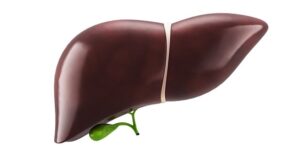
With its emphasis on opioid overdose prevention, the first guideline for primary care providers from the American Academy of Pediatrics (AAP) on prescribing opioids for acute pain in children and adolescents extends beyond responsible pain management. If opioids are prescribed, according to the guideline, families need to be counseled on the warning signs of overdose and have on hand naloxone, the medication that rapidly reverses an opioid overdose. The guideline also urges providers to advise families on safe disposal of unused opioid medication after their child’s pain resolves, instead of keeping it at home for future use.
“Parents need to know how to respond to signs of overdose if their child is prescribed opioids, and they need to understand that safe disposal of unused opioids also is critical to preventing a tragedy,” said co-author of the AAP guideline Mehul Raval, MD, MS, Division Head of Pediatric Surgery at Ann & Robert H. Lurie Children’s Hospital of Chicago and Professor of Surgery and Pediatrics at Northwestern University Feinberg School of Medicine.
Dr. Raval served on the core team that developed the guideline. This team included family perspectives, as well as input from pediatricians, anesthesiologists and surgeons.
Our inclusive and multidisciplinary development process is a major strength of this guideline. We offer practical recommendations for pediatricians that support multimodal pain management and appropriate opioid use, which involves prescribing the minimum dose for the shortest duration. Overdose prevention strategies are key to safe opioid prescribing and need to become standard practice.”
Mehul Raval, Division Head of Pediatric Surgery, Ann & Robert H. Lurie Children’s Hospital of Chicago
Dr. Raval holds the Orvar Swenson Founders’ Board Chair in Pediatric Surgery at Lurie Children’s.
Source:
Journal reference:
Hadland, S. E., et al. (2024). Opioid Prescribing for Acute Pain Management in Children and Adolescents in Outpatient Settings: Clinical Practice Guideline. Pediatrics. doi.org/10.1542/peds.2024-068752.




